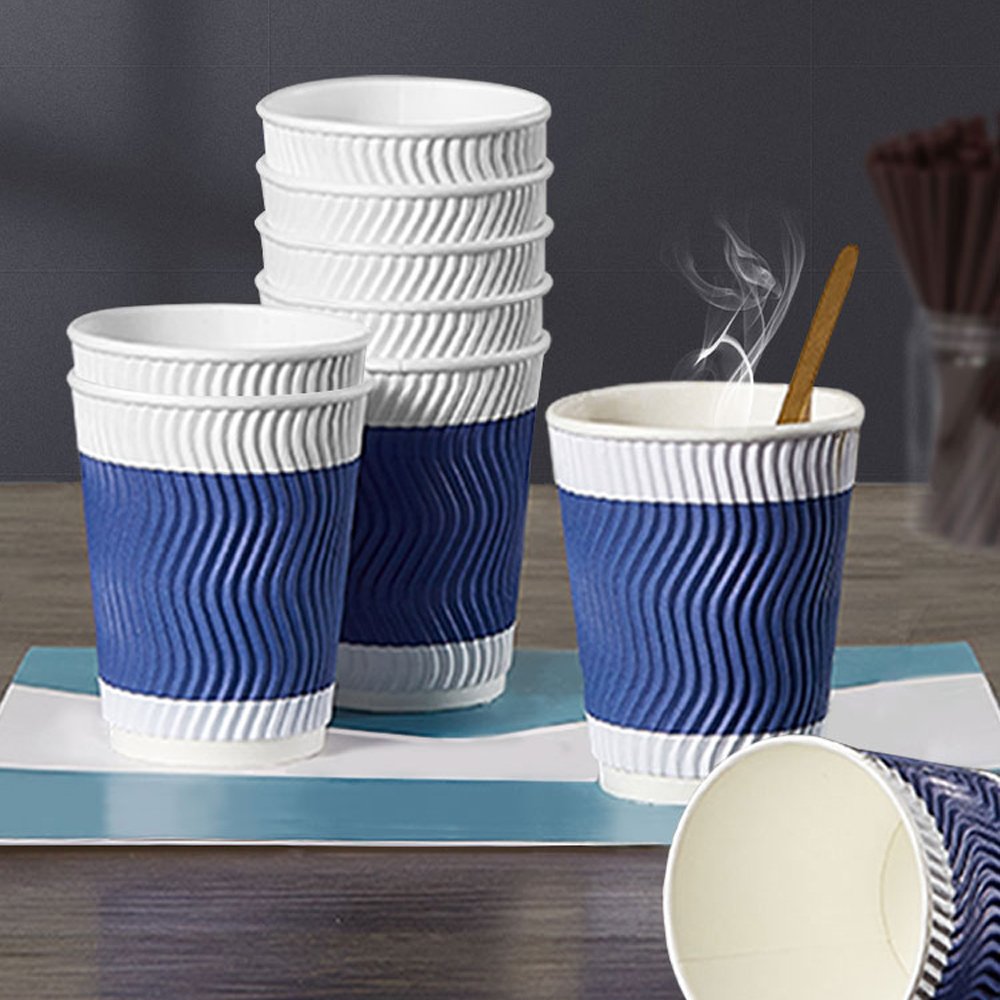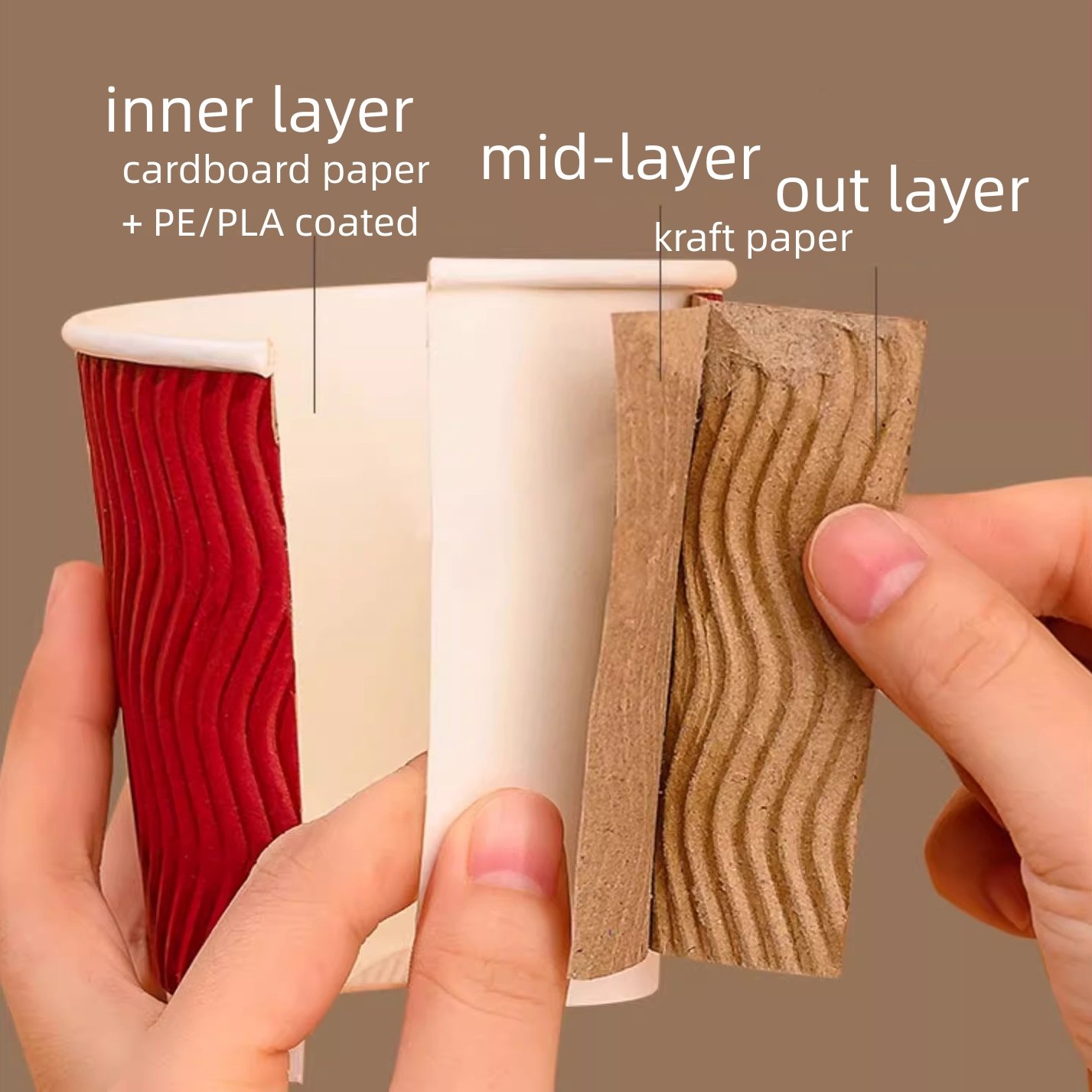A Complete Guide to Disposable Cups for Hot Beverages
Introduction: Choosing the Right Cup Is a Hot Topic
From morning cappuccinos to after-dinner teas, hot beverages are deeply embedded in our daily routines. But as the demand for takeaway drinks grows, so does the need for effective, safe, and sustainable drinkware. That’s where understanding the different types of cups for hot drinks becomes critical—whether you're a business owner, barista, event planner, or eco-conscious consumer.
In this guide, we’ll break down the types of paper cups and other types of disposable cups used globally for hot beverages. You’ll discover the pros and cons of each material, how to select the right cup for your business or lifestyle, and why sustainability is shaping the future of beverage packaging.
 |
| Paper Cups for Hot Beverage |
Why Cup Selection Matters
When serving hot drinks, the wrong cup can:
-
Burn the user’s hand
-
Leak or become soggy
-
Fail to retain temperature
-
Contradict a brand’s sustainability promise
A well-designed disposable cup should offer insulation, comfort, and safety—while also aligning with environmental expectations.
That’s why businesses and consumers alike must understand the different types of cups for hot drinks and how they perform in real-world use.
The Most Common Types of Disposable Cups for Hot Drinks
Let’s explore the key types of disposable cups available for hot beverage use, along with their material makeup, functionality, and recommended use cases.
1. Single-Wall Paper Cups
These are the most basic and widely used types of paper cups. Made from one layer of paperboard and lined with PE (polyethylene) or PLA (polylactic acid), they’re ideal for quick-serve drinks.
-
Pros: Low cost, lightweight, easy to print
-
Cons: Transfers heat easily, requires sleeve for insulation
-
Best For: Budget cafés, self-serve stations, vending machines
2. Double-Wall Paper Cups
Double-wall paper cups feature an additional outer layer of paperboard that creates a buffer between the hot liquid and the consumer’s hand.
-
Pros: Excellent insulation, no sleeve required
-
Cons: Slightly more expensive than single-wall
-
Best For: Coffee shops, bakeries, premium takeaway
These cups are among the most popular types of disposable cups for coffee-based drinks.
3. Ripple-Wall Paper Cups
Ripple-wall cups offer triple-layer protection with an embossed outer wall that creates both visual texture and a non-slip grip.
-
Pros: Maximum heat protection, premium appearance
-
Cons: Higher production cost
-
Best For: Specialty coffee, gourmet drinks, branding-heavy cafés
Beyond Paper: Eco and Specialty Materials
While types of paper cups dominate the market, other materials are gaining ground—especially for businesses focused on reducing environmental impact.
4. PLA-Lined Compostable Cups
Instead of traditional plastic lining, these cups use PLA, a plant-based alternative that is industrially compostable.
-
Pros: Renewable material, biodegradable under composting conditions
-
Cons: Requires commercial composting facility, higher price point
-
Best For: Zero-waste cafés, eco-friendly catering events
PLA-lined cups are one of the most progressive types of disposable cups in terms of sustainability.
5. Bagasse Fiber Cups
Made from the pulp left over after extracting juice from sugarcane, bagasse cups are 100% compostable and plastic-free.
-
Pros: Excellent for heat, completely biodegradable
-
Cons: Limited availability in some regions
-
Best For: Organic brands, farm-to-table cafés, green events
Bagasse is rising quickly among the different types of cups for hot drinks favored by environmentally driven consumers.
6. Foam Cups (Polystyrene)
Although these are excellent insulators and very cheap, foam cups are being banned in many cities due to their environmental impact.
-
Pros: Lightweight, superior insulation
-
Cons: Not recyclable or compostable; contributes to pollution
-
Best For: Declining usage; avoid in sustainable businesses
Choosing the Right Cup for Your Business
When deciding between the different types of cups for hot drinks, consider:
-
Heat resistance needs
-
Customer comfort
-
Design and branding potential
-
Sustainability expectations
-
Cost vs. performance
Here’s a quick reference guide:
| Business Type | Recommended Cup Type |
|---|---|
| Artisanal Café | Ripple-wall or double-wall |
| Eco-Friendly Shop | PLA-lined or bagasse |
| Fast Food Chain | PE-lined single-wall with sleeve |
| High-Volume Catering | Compostable paper cups |
Branding Opportunities with Disposable Cups
Among all the types of paper cups, those designed for branding give you a unique chance to make an impression. Branded cups act as mobile advertisements and add professionalism to the customer experience.
You can customize:
-
Logos
-
Colors and patterns
-
Social media handles or QR codes
-
Eco messages like “Compostable,” “Plastic-Free,” or “FSC Certified”
Make sure your branding aligns with your values—especially if you're using sustainable types of disposable cups.
The Future of Disposable Cups: Where We're Headed
Environmental regulations are shaping the way businesses think about hot drink containers. Europe is banning single-use plastic packaging, and cities across the U.S. are outlawing foam cups and mandating compostable alternatives.
That’s why understanding the full spectrum of the different types of cups for hot drinks is more relevant than ever. The trend is clear: future-ready businesses are transitioning toward biodegradable, compostable, and renewable materials.
Final Thoughts
Your choice of hot beverage cup affects more than just temperature retention—it’s a reflection of your brand, your values, and your customer experience. As takeaway drinks become more prevalent, investing in the best types of disposable cups is a smart, sustainable move.
From types of paper cups like double-wall and ripple-wall to modern materials like bagasse and PLA, the options are wide-ranging. But the best choice? It’s one that keeps the drink hot, the hand cool, and the earth a little cleaner.


Comments